Here's What The Updated, 278bhp Hyundai i30 N Is Like With A DCT
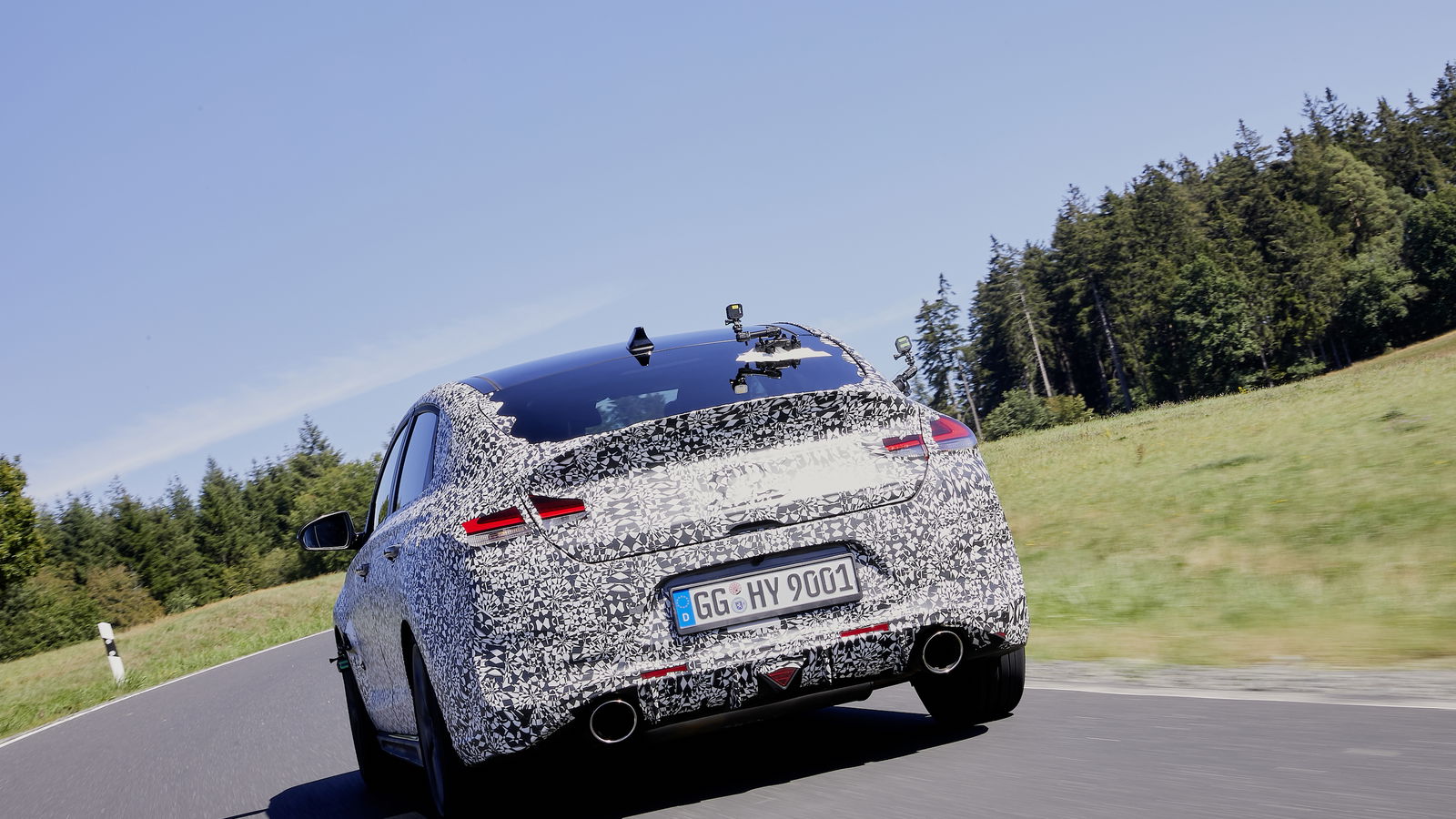
Commendable though it might have been for Hyundai to give the i30 N a manual gearbox and a manual gearbox only, it doesn’t make a whole lot of business sense. A huge chunk (the majority, in some markets) of VW Golf GTIs are fitted with dual-clutch automatics, for instance, so Hyundai is potentially missing out on a lot of hot hatch buyers.
Indeed, customer demand for an i30 N with paddles has been strong, and two years on from the original car’s launch, the South Korean manufacturer is at last offering one. The all-new seven-speed wet-clutch transmission has seven ratios and is hooked up to a tweaked version of the pre-facelift car’s ‘Theta’ 2.0-litre inline-four turbo, producing 278bhp and 289lb ft of torque.
The manual (don’t panic, there will still be one) does the 0-62mph thing in 5.9 seconds, two tenths faster than before. We don’t have performance figures for the DCT yet, but despite the weight gain attached to that new gearbox (around 60kg), we’d imagine it’ll be a smidge quicker on paper.
Also new for the facelift are some LED light clusters and a reshaped front bumper, neither of which you can see here since the prototype we drove was still caked in camouflage. Sorry. Inside, there’s a new 10.25-inch touchscreen infotainment system, which is noticeably better than the old one.
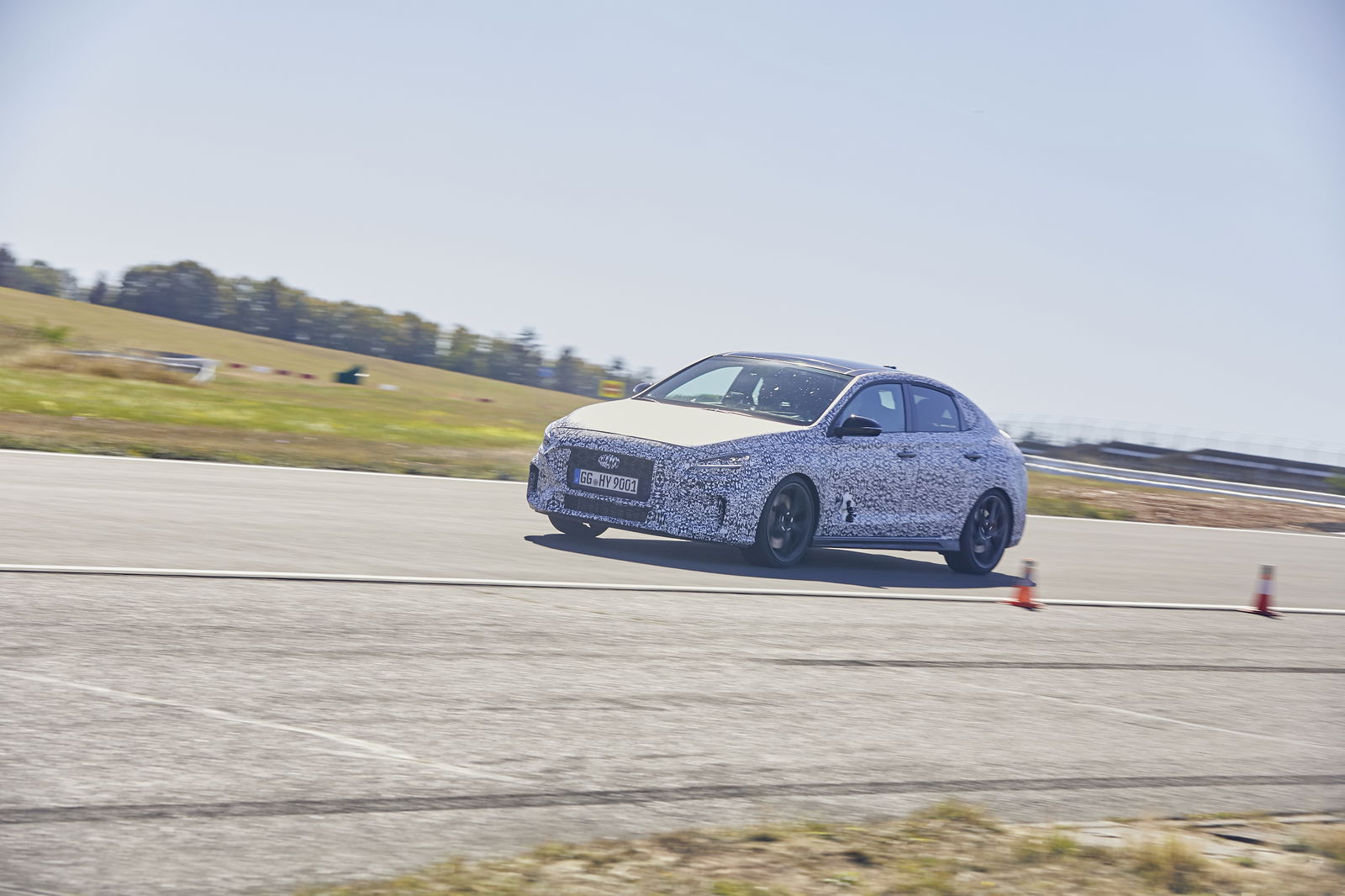
On the move and in Normal mode, the new auto is a little too keen to hold on to gears, although there’s no faulting the smoothness of the shifts themselves. Should you want to pretend you’re in a racing car with a single-clutch sequential gearbox, ‘N Power Shift’ gives an angry punch-in-the-back style cog swap. Pointless in performance terms, but fun nevertheless.
As we see all too often with performance-orientated automatics, the paddles themselves feel like a bit of an afterthought. They’re small and made of plastic, although the shift action is reasonable.
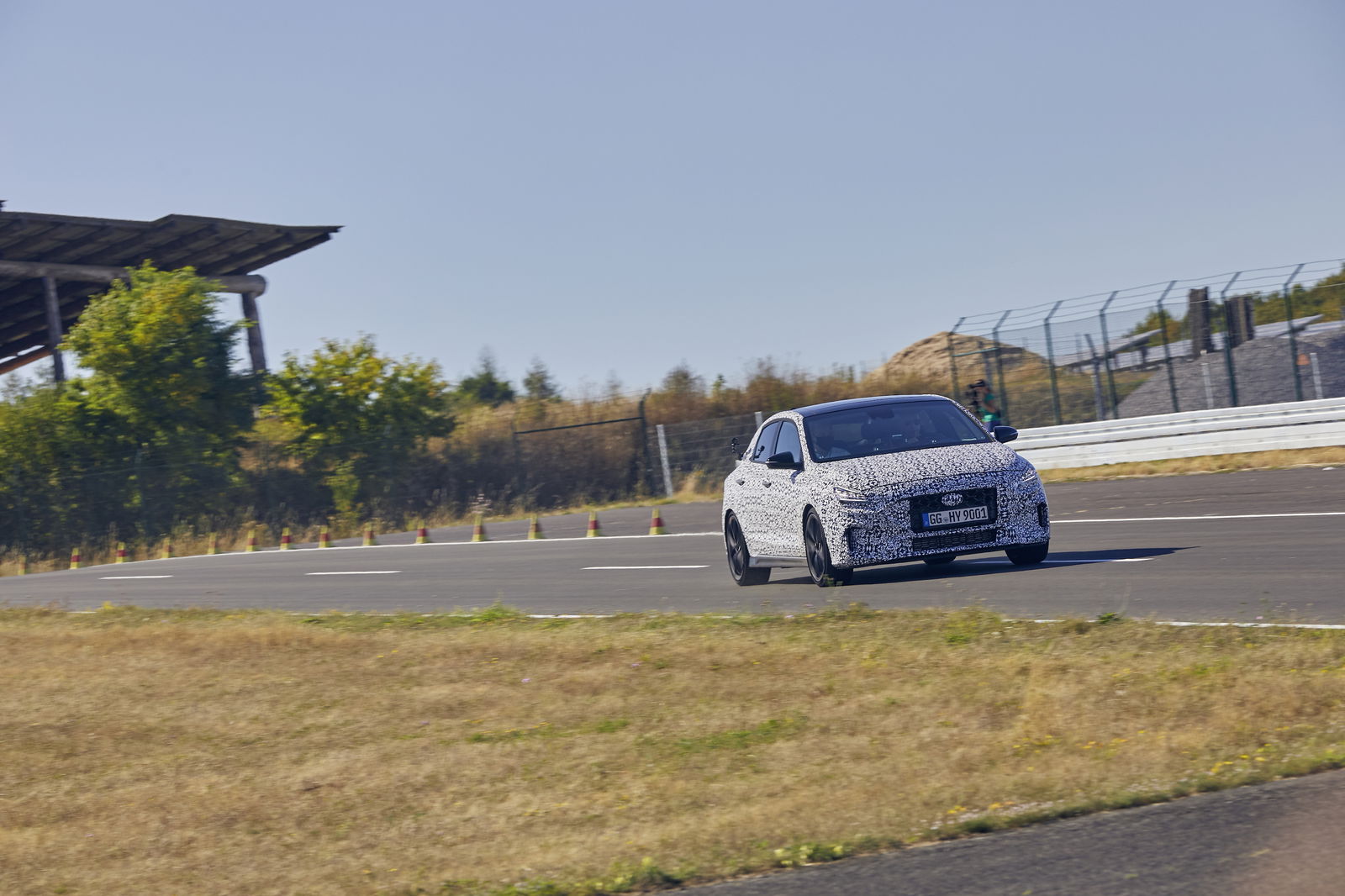
Along with ‘N Power Shift’, there’s something called - checks notes - ‘N Grin Shift’. It’s a little like the whole push-to-pass thing in higher tier motorsport series, or more relevantly for the road, Porsche’s ‘Sport Response’. Thumb the ‘NGS’ button on the steering wheel, and all of the i30 N’s modes are turned up to full, while the 2.0-litre engine delivers more power and torque via an overboost function.
Ultimately, we’d still lean toward the manual, but ditching it doesn’t detract from the i30 N’s entertainment factor all that much. And whichever gearbox you opt for, you get - as with the pre-update car - a very-well sorted chassis to enjoy.
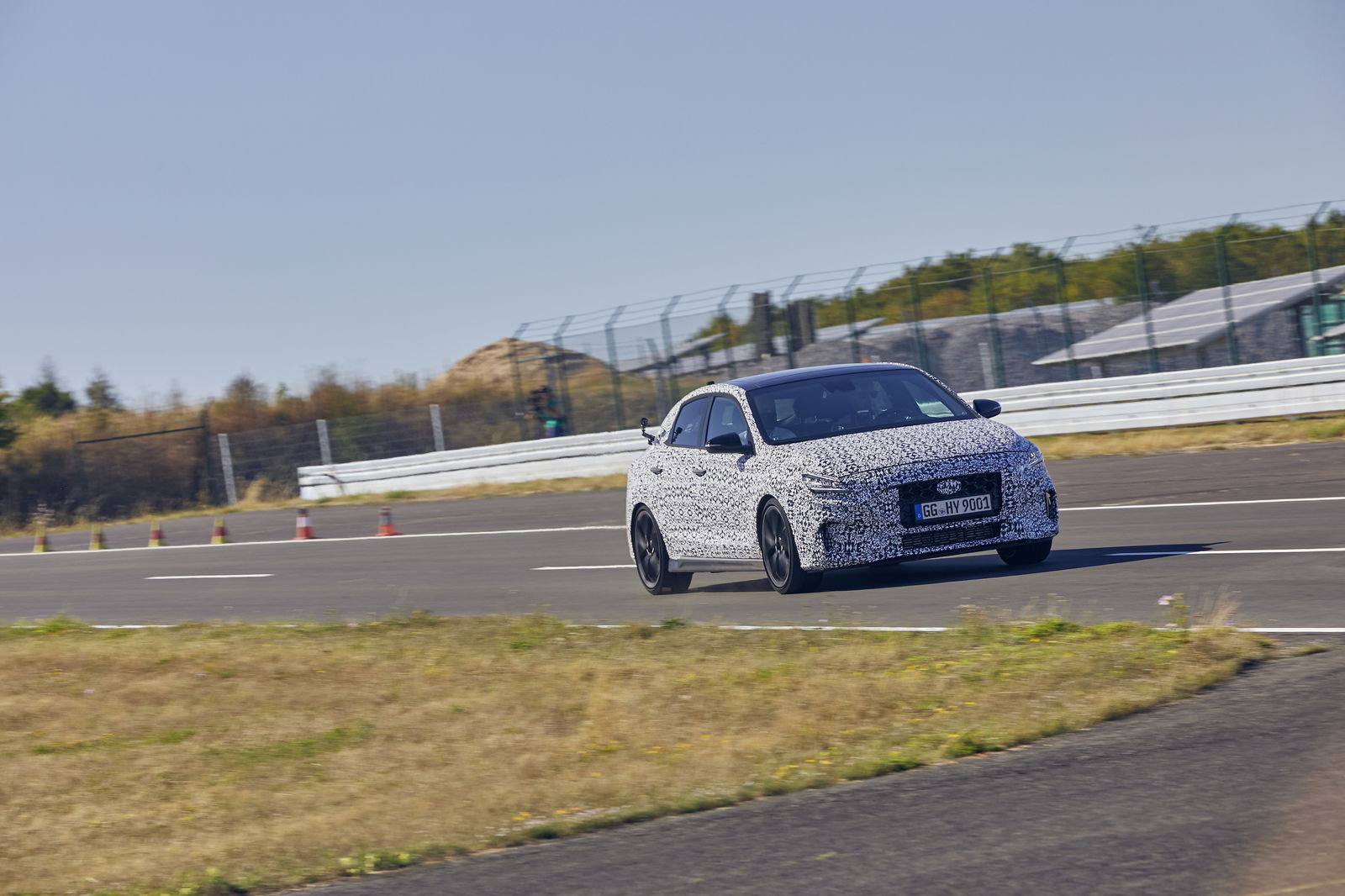
We’ll be able to give a more detailed verdict once we’ve spent some time with the proper production model, but for now, it’s looking like the new VW Golf GTI has its work cut out.
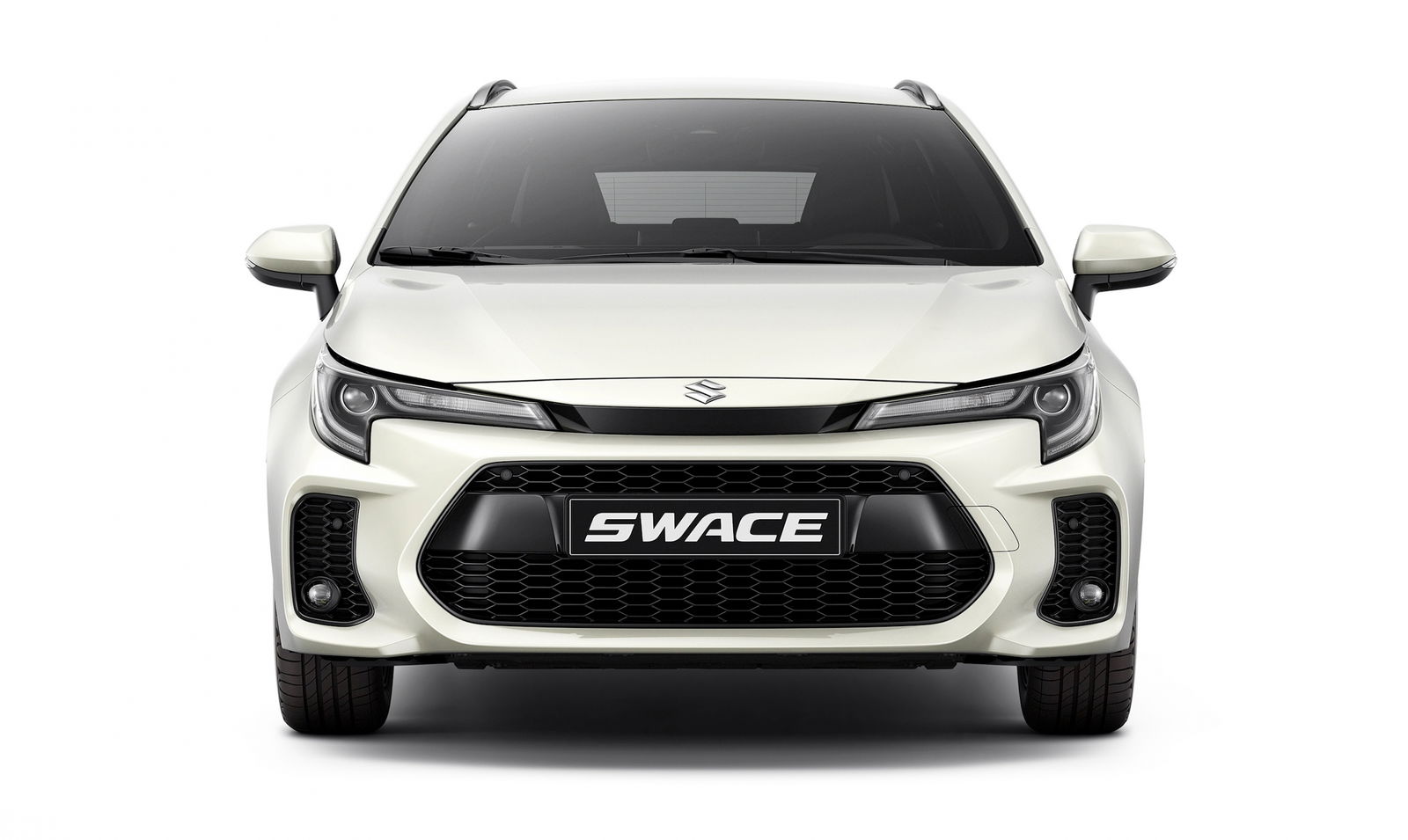
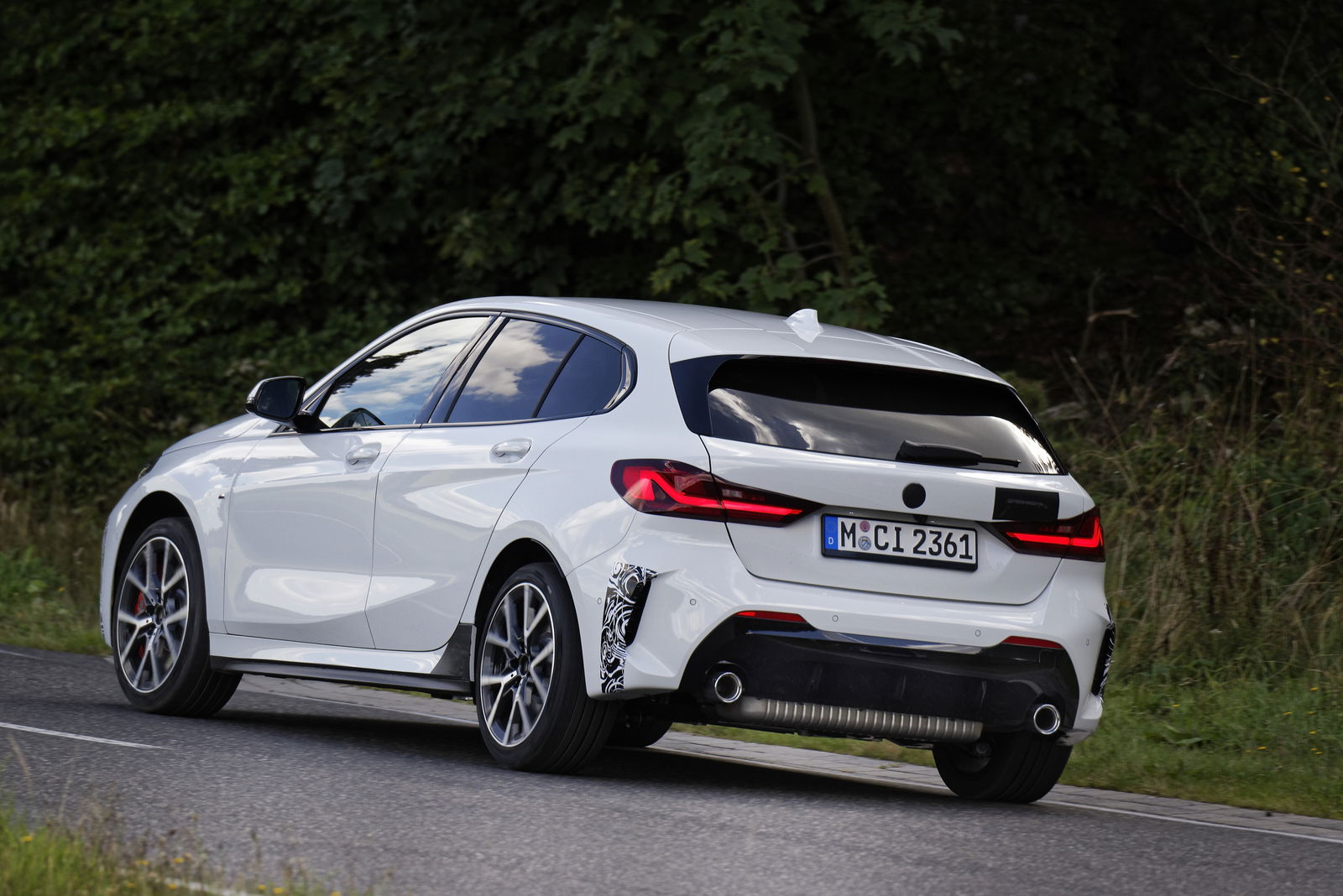
Comments
I’ve been using the Hyundai/Kia 7-Speed DCT in my Optima for the last three years, albeit mated to a 1.7L Diesel. I really like it; it’s a legitimately well sorted little auto box. Having it available in the i30N actually makes the car more attractive to me. I love manuals but some cars conceptually fit an Automatic better. The i30N Fastback in particular feels like it should’ve had an Automatic from the start.